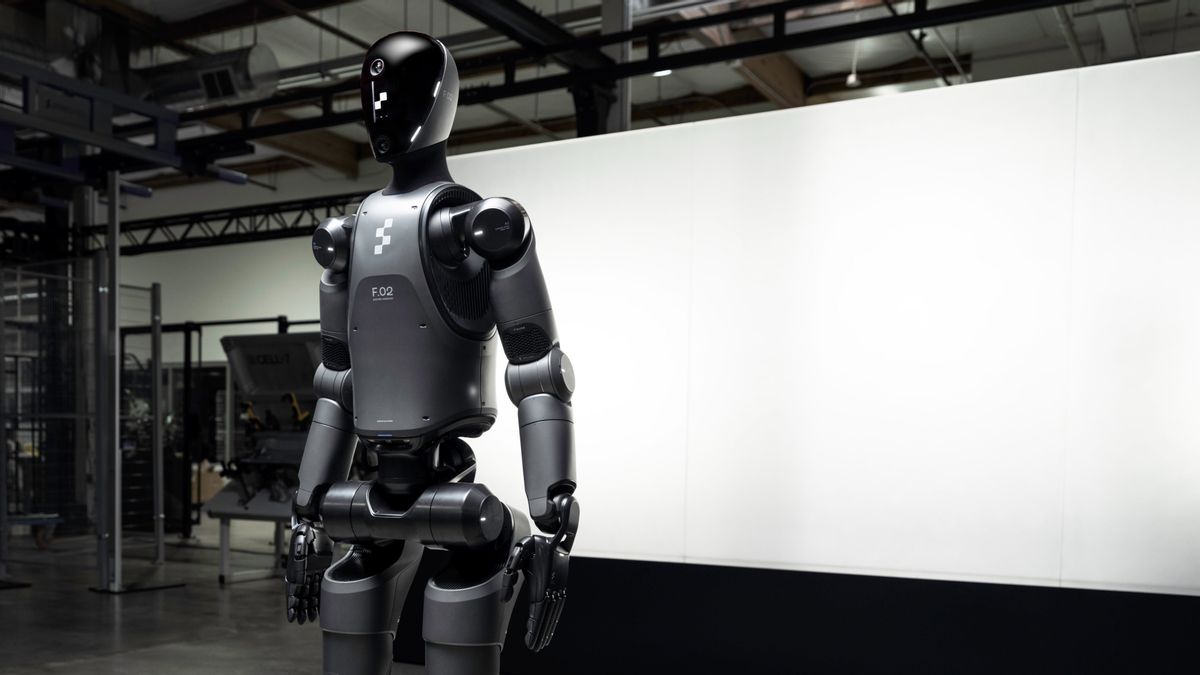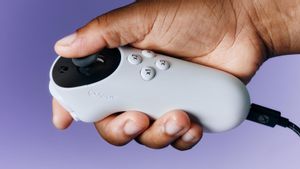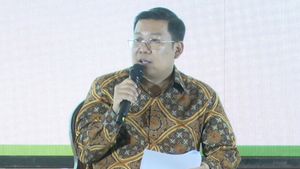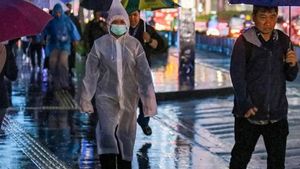JAKARTA - China, which dominates the global electric vehicle market, is now pursuing Tesla in a race to build battery-powered humanoid robots that are expected to replace human workers in electric vehicle production lines.
At the World Robot Conference held in Beijing this week, more than 30 Chinese companies showcased humanoid robots designed to work in factories and warehouses, along with the precision parts made in China needed to build.
China's push to the growing humanoid robot industry follows the same formula used in the development of electric vehicles more than a decade ago: government support, intense price competition from many newcomers, and deep supply chains.
"The humanoid robot industry in China shows a clear advantage in the integration of supply chains and mass production capabilities," said Arjen Rao, analyst at China-based LeadLeo Research Institute.
SEE ALSO:
This robotic effort is supported by China's President Xi Jinping's policy of emphasizing the development of "new productive power" in technology. Beijing launched US$1.4 billion in state funds for robotics in January, while Shanghai announced plans to set up a humanoid industry fund of US$1.4 billion (Rp21.5 trillion) last July.
Companies like Tesla and Chinese competitors are leading this innovation. Tesla, which first introduced humanoid robot Optimus in 2021, has made a big impact. Tesla plans to produce 1,000 optimized units next year, which is expected to work in its factories. Although the optimized robot is still in its early stages, Chinese companies such as UBTECH Robotics and Shanghai Kepler Exploration Robotics do not remain silent. They also plan to produce humanoid robots on a large scale and are ready to compete in this market.
Although rapid developments are ongoing, analysts estimate it will take at least 20 to 30 years before humanoid robots can be widely implemented in various industries. However, the first step towards this future has begun to be seen in various exhibitions and trials in China, which demonstrates great potential in integrating humanoid robots into the production process.
The English, Chinese, Japanese, Arabic, and French versions are automatically generated by the AI. So there may still be inaccuracies in translating, please always see Indonesian as our main language. (system supported by DigitalSiber.id)














